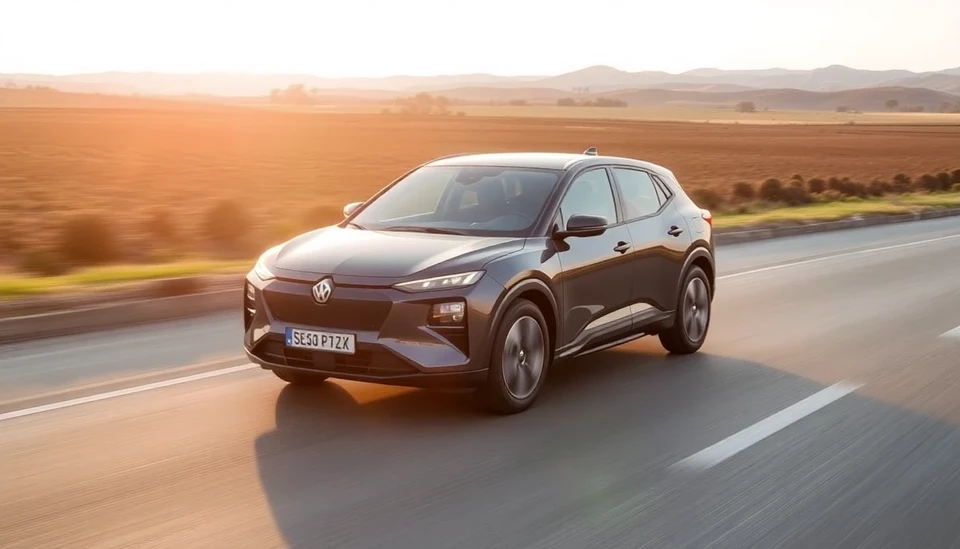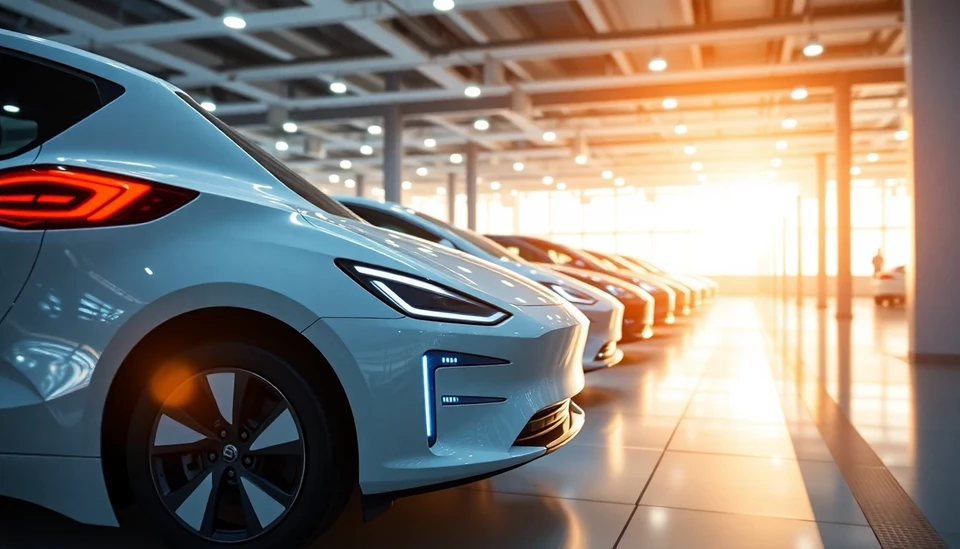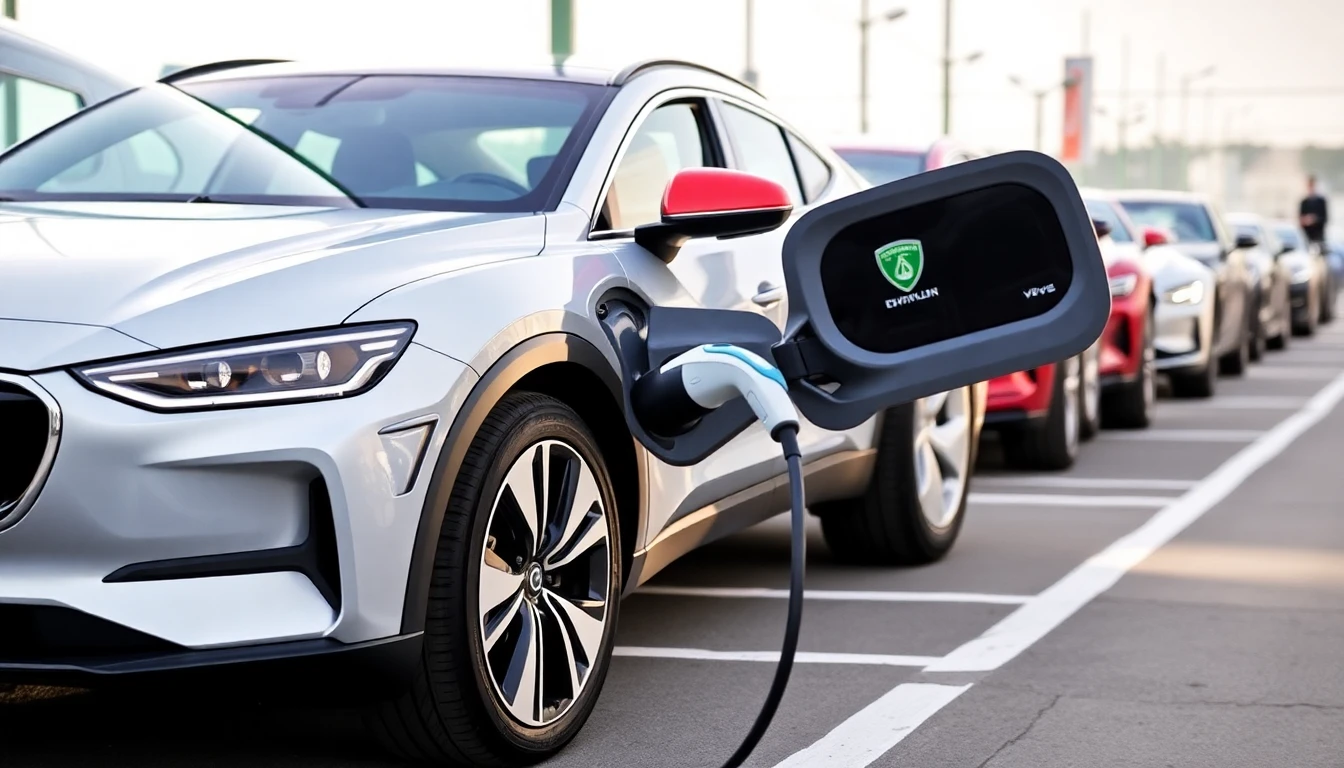
Chinese electric vehicle (EV) manufacturers are encountering significant challenges in increasing their sales in Europe, as evidenced by a recent report highlighting a stagnation in market growth. The impact of tariffs and a saturated market appears to have curbed the once-steady ascent of these companies in a region that was previously a promising avenue for expansion.
Despite their ambitions and aggressive pricing strategies, the results show that European consumers are becoming less receptive to new entrants in the EV segment. Analysts suggest that the introduction of tariffs has played a pivotal role in this shift, as the costs of imports have risen, making it more difficult for Chinese manufacturers to maintain their competitive pricing.
European nations have shown apprehension about the influx of Chinese electric vehicles, citing concerns over quality, technology, and the economic implications of relying heavily on overseas manufacturers. As a result, several Chinese startups that once thrived on the prospect of the European market are now exploring alternative strategies, including partnerships with local manufacturers and increased investment in regional production facilities.
Market accessibility and regulatory hurdles have compounded these challenges. Companies face significant barriers when entering the European market, including strict compliance with environmental regulations and sustainability standards. The complexity of these requirements necessitates increased investment and an extended timeline to achieve market readiness, further complicating the landscape for Chinese EV manufacturers.
Some experts believe that the future of Chinese EV sales in Europe will depend on their ability to innovate and deliver vehicles that resonate with local consumer preferences. Factors such as range, charging infrastructure, and technological advancements will greatly influence their prospects. Consequently, there is a keen interest in monitoring how these manufacturers adapt to evolving market dynamics and consumer expectations.
Looking ahead, as the European EV market continues to mature, it remains to be seen whether Chinese companies will find a path forward or continue to struggle in a landscape that is characterized by increasing competition from local and established global automakers. The implications of this competitive environment are critical, not only for the manufacturers themselves but also for consumers, as the dynamics could affect pricing, availability, and innovation in the EV sector.
This ongoing situation underscores the broader implications of international trade and the interconnectedness of global markets, as manufacturers must navigate a complex web of tariffs, regulations, and consumer expectations to succeed. As companies adjust their strategies, the coming months will be crucial to ascertain which players can really thrive amidst these hurdles.
While the current sales plateau poses immediate challenges, it also presents an opportunity for resilience and adaptation in the rapidly evolving automotive landscape in Europe. The next phase will likely see increased collaboration between different manufacturers and a significant investment in local production capabilities from Chinese firms looking to solidify their presence in this competitive marketplace.
#ChineseEVs #ElectricVehicles #EuropeMarket #TariffsImpact #AutoIndustry #SustainableTransport #ElectricCarSales #GlobalTrade
Author: Samuel Brooks

